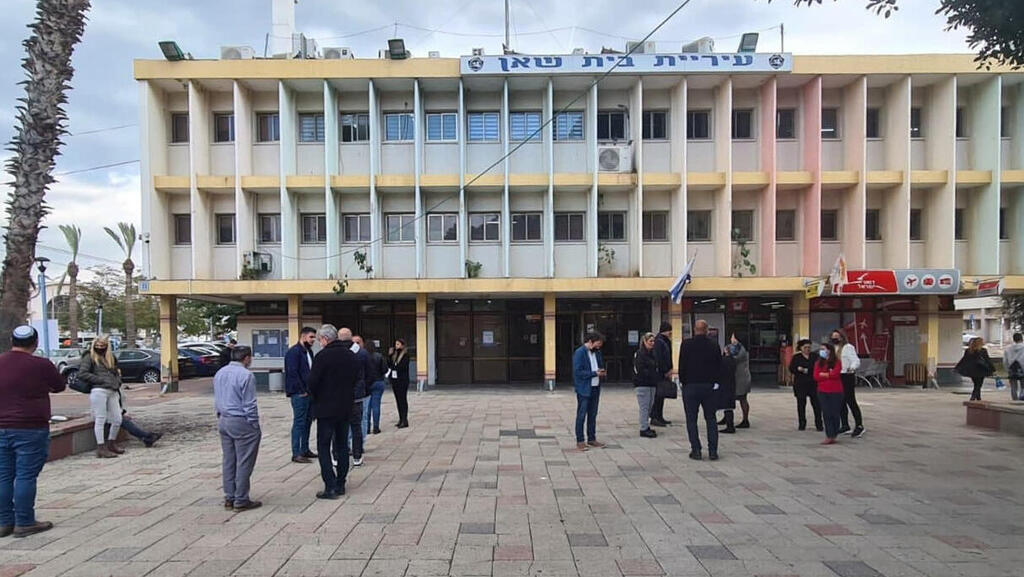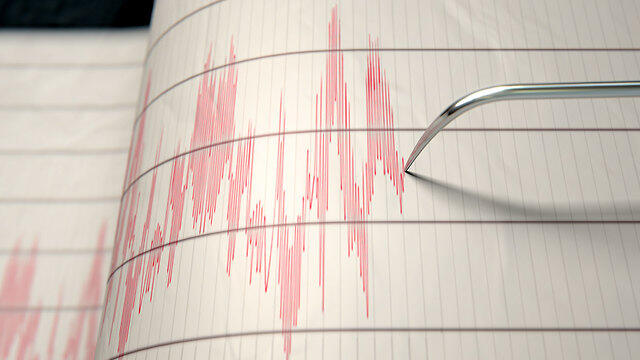Getting your Trinity Audio player ready...
For the second time in less than 24 hours, an earthquake rattled northern Israel, many local residents and the Geological Survey of Israel reported on Sunday.
The tremor was felt across many northern local authorities, such as Afula, Haifa and Nazareth. The Geological Survey said the quake occurred at 12:28pm and had a magnitude of 3.5, with its epicenter located 16km southeast of the city of Tiberias.
2 View gallery


Beit She'an Municipality workers rush outside upon feeling earthequake
(Photo: Beit She'an Municipality)
Maurice Cohen, technical coordinator at the Beit She'an Municipality, said he heard an alert was activated in his work. "We went through all the offices and asked everyone to leave the building," Cohen said. "If the Israeli government does not immediately invest money in strengthening buildings and in preparing for emergencies during earthquakes - there will be a major disaster in the city."
The tremor came just 12 hours after a 3.7 magnitude earthquake shook the northern part of the country late on Saturday.
The European-Mediterranean Seismological Centre (EMSC) reported the epicenter of that earthquake was south of the Sea of Galilee, along the Great Rift Valley, which is also close to the city of Tiberias.
Director of Geological Survey Prof. Zohar Gvirtzman said the epicenter was on the Jordanian side of the Kinarot Valley.
"There is a special characteristic to the Kinarot Valley. It is a basin that contains soft rocks and borders on hard rocks. Such sub-basins exist throughout the Dead Sea Rift," he said, referring to the Dead Sea Transform fault system.
"When an earthquake occurs in this type of sub-basin, there is a phenomenon called 'local amplification', which causes the earthquake to strengthen. If it had happened in another area characterized by hard rock, there would not have been this wave following it."


